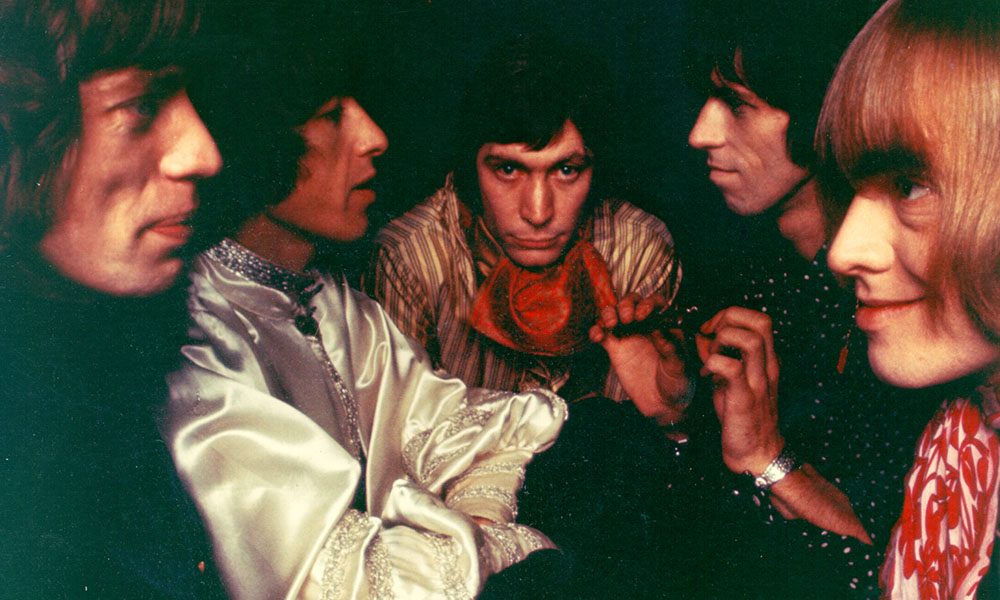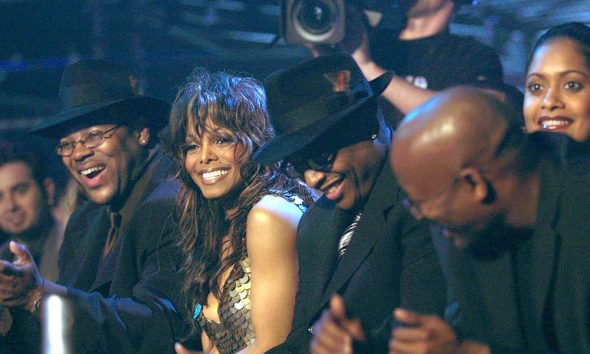‘She’s A Rainbow’: The Story Behind The Rolling Stones’ Classic
‘She’s A Rainbow’ is one of the Rolling Stones’ most beloved psychedelic-era singles. This is the story of how it got made.

The Rolling Stones’ “She’s a Rainbow” is regarded nowadays as a psychedelic classic. But the group’s collective mood in 1967 can be summed up by drummer Charlie Watts’ assessment of their sixth album Their Satanic Majesties Request (as quoted in Bill Wyman’s 1997 memoir Stone Alone): “Sometimes I think it was a miracle that we produced anything with all the emotional upheavals within the group.” Nonetheless, as Keith Richards put it in his autobiography Life, “it was time for another Stones album.” So they soldiered on, tapping into the collective psychedelic spirit of the time even if the five members of the group weren’t often in the studio at the same time. In the end, what came out of those haphazard sessions was one of the Stones’ most underrated albums – an auditory head trip driven by the supple heave of a Mellotron, bathed in phased vocals and playful sound effects.
The songwriting process
The strongest expression of the Stones’ vision for the album is, arguably, the track that kicks off the second side of the LP: “She’s a Rainbow.” Like much of Satanic, the song is equal parts clean and complicated. Mick Jagger employs lyrics that evoke the starry-eyed joy of romance, but he has to work his sentiments in and around music that keeps stopping and starting, with new elements and strange left turns throughout (the scratching cello and a few fuzzy electric guitar spurts in the song’s closing seconds).
When the Glimmer Twins wrote the song, they envisioned it as “a sort of music box,” as Richards told an interviewer in 2016. The band and producer Andrew Loog Oldham took that idea as literally as possible, as, for four minutes, the song keeps coming to life, led by Nicky Hopkins’ baroque piano lines, and then grinding to a halt. Difficult to dance to, but a joy to listen to on headphones. That way, you can catch all the little details the band snuck into the mix. The backing vocals that have been sped up to the timbre of a cartoon chorus. A string section (arranged by future Led Zeppelin member John Paul Jones) that swoops through the song like a small flock of starlings. An insistent percussive beat that could be a muted electric guitar or the bongos that sneak in the song’s back door.
The song’s reception
“She’s a Rainbow” and Satanic were both unequivocal successes for the band. The single landed the Stones in Billboard’s Top 40 (peaking at No.25) and, according to Wyman, the group was presented with a gold record for the album’s sales… before it had even been released. Critically, though, the album was greeted with suspicion and confusion. As one reviewer for The Daily Mirror put it at the time: “Count me out of this scene. I can’t come to grips with it.”
History, however, has been kind to “She’s a Rainbow.” The song has become so beloved that fans successfully pushed the group to return it to their live setlists for a 2016 tour of Latin America. Considering the difficulties the band endured to write and record it, knowing that it continues to strike a resounding chord with listeners must feel like another minor miracle.
Listen to the best Rolling Stone songs on Apple Music and Spotify.













Mitchell Schwartz
June 30, 2020 at 4:02 pm
Interesting that the article didn’t mention that Love’s Forever Changes was an influence on this particular song.
Joe
July 3, 2020 at 10:11 am
It was a great song, with Nicky Hopkins and John Paul Jones really important elements. It’s still good art, compliments of the Rolling Stones – underrated songwriters.
Steve Lubin
August 14, 2023 at 12:50 am
❤️